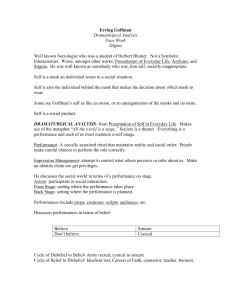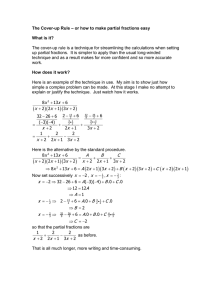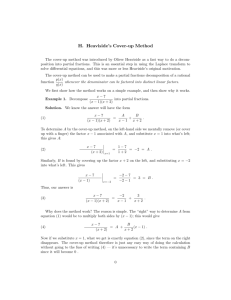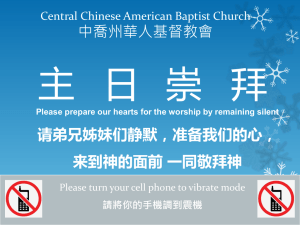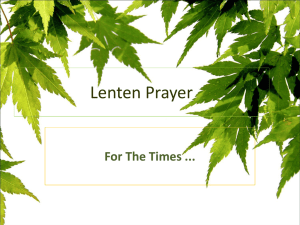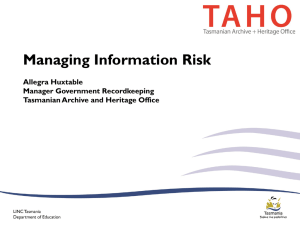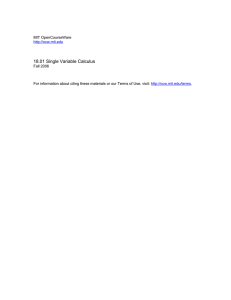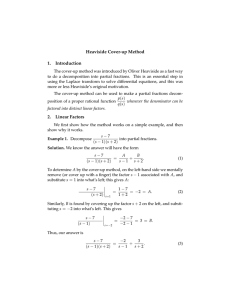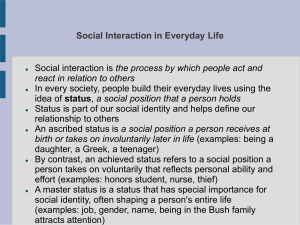Jacqueline Couture
advertisement
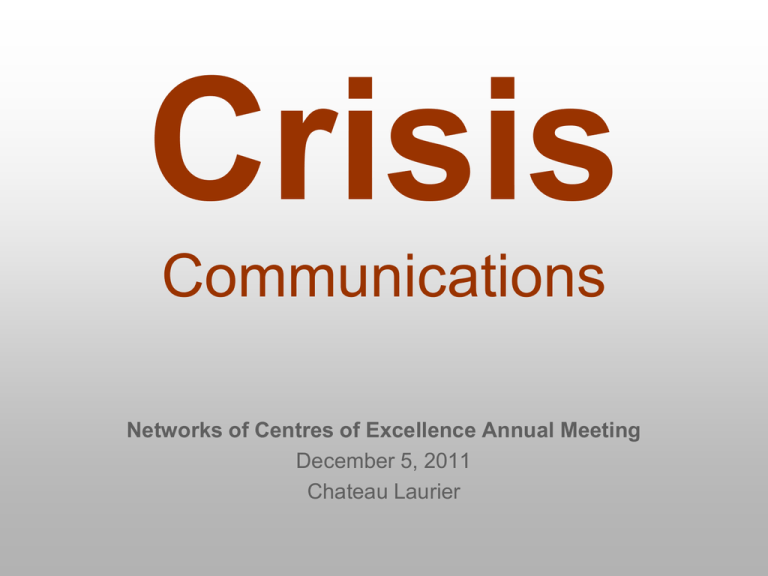
Crisis Communications Networks of Centres of Excellence Annual Meeting December 5, 2011 Chateau Laurier 2 Overview Difference between an issue and a crisis Assessing the situation When a Crisis strikes Delivery Do’s and Don’t’s Learning from others Writing a plan BEFORE a crisis hits 3 What is an Issue? An issue is an incident or situation that involves a degree of sensitivity and urgency that may have a negative impact on your organization’s reputation 4 What is a Crisis? An occurrence: that is linked to your organization and opposes its core values, programs and activities; or that is linked to your organization and will cause embarrassment to your president, your board or your community; or that damages the integrity of your organization that has the potential to disrupt your day-to-day operations 5 Assessing the Impact on your ability to deliver your organization’s mandate, programs, etc. on the board and its members on your Stakeholders on level of potential embarrassment on reputation Public or political prominence local vs. National on the Minister and/or our Government 6 NOT ignoring Issues Embarrassment often stems because the organization was aware but did not take action Experts say 56% of crisis situations were “issues” senior management were aware of beforehand The truth is usually revealed in time Public perception of a cover-up has more legs than a proactive response You don’t hear about the organizations that handled the issue or crisis well…not newsworthy The quicker you react and take responsibility the quicker it goes away 7 http://ottawa.ctv.ca/servlet/an/local/CTVNews/20100901/OTT_Porsche_100901/20100901?hub=OttawaHome http://www.cbc.ca/news/canada/north/story/2007/10/26/bc-inuitartistcra.html When a Crisis Strikes Convene Crisis Team Generate overview of issue, perceptions Scan media and social media Generate action plan options and assess Take action Connect with stakeholders (internal and external ) Connect with media to lead the discussion 9 Communications To Stakeholders and Media 10 Communication is Key Acknowledge the problem do not underplay impact BE TRANSPARENT AND FACTUAL Articulate clearly what steps are being taken to fix the problem Focus on the long term interest of the stakeholders 11 Communication is Key Each interaction is an opportunity to enhance trust and rapport Be genuine, show your concern and passion for the organization and for correcting the problem Display a strong understanding of the situation 12 Communicate, but DO NOT: Speculate on causes Discuss liability or responsibility Use “regret” not “apologize” Make overly optimistic statements regarding remediation Minimize extent of problems Let the media inform your community 13 Please remember… People understand organizations make mistakes People will forgive an honest mistake People will not forgive dishonesty or a cover-up Stonewalling only gets you into more trouble In most cases all damage cannot be erased The goal is to decrease damage Best Practice: Maple Leaf 14 Preparing a crisis communications plan It must address the following four questions: – – – – Who does what? How do we do it? Who is the spokesperson? What do we say? Where do you start? Think of all the things that could pose a threat to your organization What is the worst thing that can happen to your organization? – How will you deal with it? – If there is even a slight chance that it could happen, assume that it will and write it into your plan. Next steps Identify the crisis team – Management and communications Identify the roles and responsibilities Establish the process Prepare samples messages – Media advisory – Key messages – Message to staff, stakeholders Any other products or lists that could be useful Practice makes perfect (almost) Create MOCK Crisis Situation Have participants go through crisis communications steps Decide on crisis team Illustrate situation and perceptions Create action plan options Discuss and Assess 18 Questions Jacqueline.Couture@nserc-crsng.gc.ca
